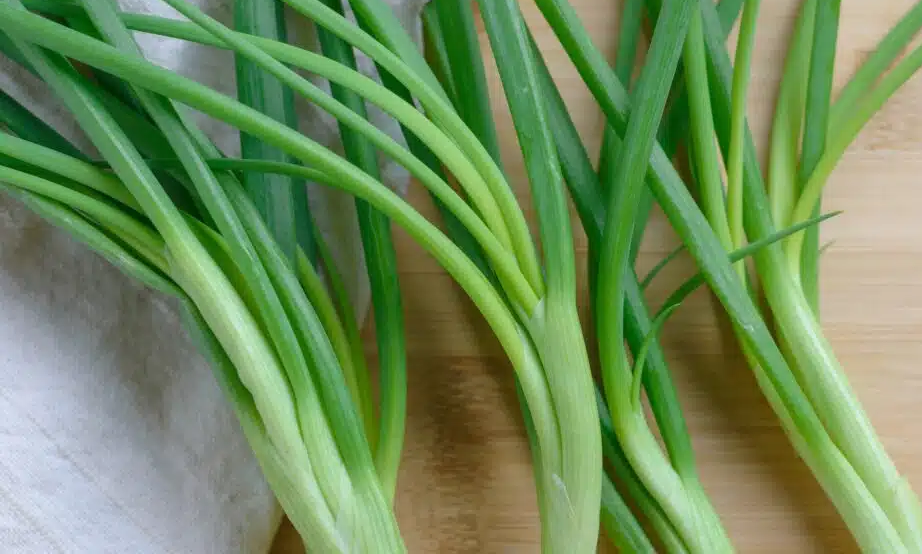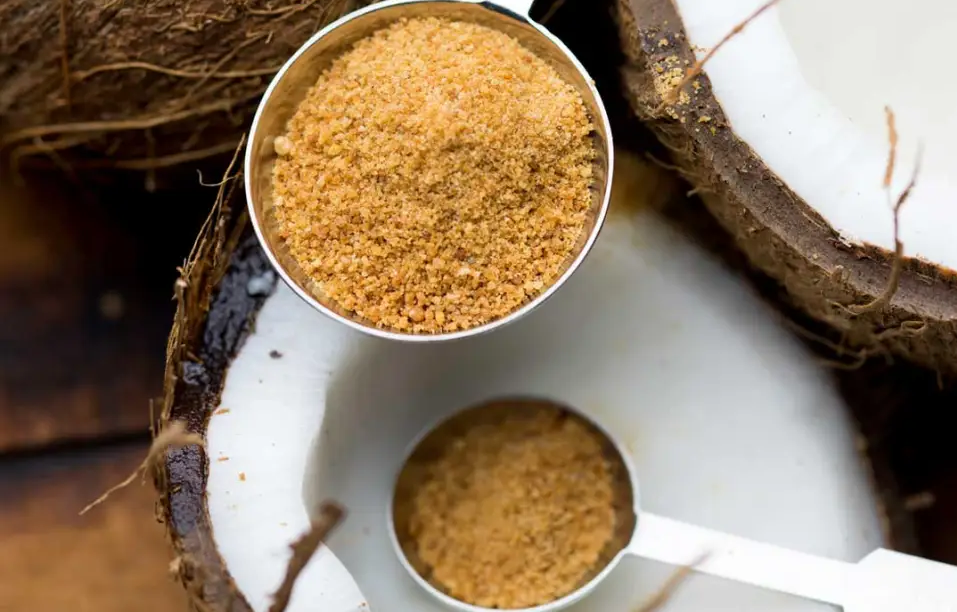Scallions, also known as green onions, spring onions, or Allium fistulosum, are versatile and flavorful vegetables that belong to the allium family, which includes garlic, onions, and leeks. They are commonly used in various cuisines around the world for their mild onion flavor and crisp texture. Here’s everything you need to know about scallions:
1. Appearance and Varieties: Scallions have long, slender green stalks and white bulbs. The white part is often used in cooking, while the green tops are used as a garnish or in salads. There are different varieties of scallions, with slight variations in flavor and size. Some varieties might have larger bulbs, while others focus on producing longer greens.
2. Flavor Profile: Scallions have a mild and slightly sweet onion flavor. The white bulbs are milder in taste compared to regular onions, making them suitable for raw consumption as well as cooking.
3. Culinary Uses:
- Garnish: The green tops of scallions are often used as a garnish for various dishes, adding a pop of color and a mild onion taste.
- Salads: Chopped scallions can be added to salads to provide both flavor and crunch.
- Soups and Stews: Scallions are commonly used in soups, stews, and stir-fries to enhance the flavor.
- Sauces and Dips: They can be used to add flavor to sauces, dressings, and dips.
- Asian Cuisines: Scallions are particularly popular in Asian cuisines, such as Chinese, Korean, and Japanese, where they are used in a wide range of dishes.
4. Cooking Tips:
- To clean scallions, trim the roots and remove any wilted or discolored parts.
- The white and light green parts are typically used in cooking, while the darker green tops are used as a garnish.
- Scallions can be used both raw and cooked. If you’re using them in dishes where they will be cooked, add them towards the end to preserve their freshness and crunch.
5. Health Benefits:
- Scallions are low in calories and a good source of vitamins A and C, as well as minerals like potassium and folate.
- They contain antioxidants and compounds that may have anti-inflammatory and antibacterial properties.
6. Storage:
- Store scallions in the refrigerator. You can wrap them in a damp paper towel and place them in a plastic bag to keep them fresh.
- Alternatively, you can stand them upright in a glass with a bit of water, similar to how you’d store fresh herbs.
7. Substitutes:
- If you don’t have scallions, you can use chives or regular onions as substitutes. Chives have a similar mild onion flavor, while regular onions can provide a stronger taste.
Scallions are a wonderful addition to a wide range of dishes, bringing a mild onion flavor and a touch of freshness. Their versatility makes them a staple in many kitchens, and their use can elevate the taste and presentation of your culinary creations.








